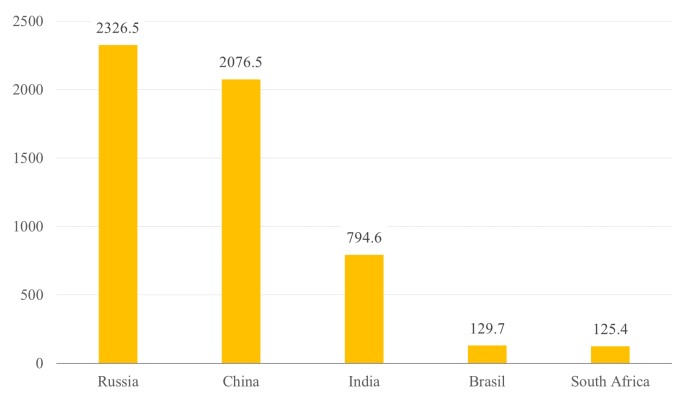| Key Points: – The dollar hit a two-week low, driven by election uncertainty and profit-taking on “Trump trades.” – Investors anticipate a 0.25% Fed rate cut on Thursday, with further cuts likely in early 2025. – The Bank of England and other central banks are also expected to ease rates amid market volatility. |
The U.S. dollar fell to a two-week low on Monday, with investors taking profits from “Trump trades” ahead of the closely contested U.S. election and an expected Federal Reserve rate cut. The euro gained 0.7% to $1.0906, while the dollar weakened by nearly 1% against the yen to 151.645, and the dollar index slipped to 103.65.
Markets are seeing increased volatility as the presidential race between Democratic candidate Kamala Harris and Republican Donald Trump tightens. Polls show a slight edge for Harris in key battleground states like Nevada, North Carolina, and Wisconsin, leading some investors to unwind dollar positions they had previously built around a potential Trump win. Betting markets have also shifted, with odds for a Trump victory narrowing over the last week.
Kenneth Broux, Societe Generale’s head of corporate research in FX and rates, noted that investors are adjusting positions in response to new polling data, which showed Harris slightly ahead in some swing states. “Markets are very stretched – long dollars, short Treasuries – into the vote tomorrow, so it’s only natural we are adjusting some of that positioning,” Broux explained.
With a potentially ambiguous outcome, traders are also pricing in a high likelihood of post-election volatility. Options markets show increased demand for protection against market swings, with the one-week implied volatility for euro/dollar reaching its highest since early 2023. Implied volatility is also elevated for the Chinese offshore yuan and the Mexican peso, highlighting concerns about trade and economic policy changes following the election.
Alongside election jitters, the Federal Reserve’s policy decision this week is another key focus. The central bank is expected to announce a quarter-point rate cut on Thursday, marking a departure from the larger 0.5% cut implemented previously. CME’s FedWatch tool shows a 98% probability of this smaller rate reduction, with market odds favoring further cuts through early 2025. According to Jan Hatzius, an economist at Goldman Sachs, the Fed’s projected path for rates appears more dovish than current market pricing, with Hatzius suggesting four consecutive cuts in early 2025.
The Bank of England (BoE) is also set to meet this Thursday, where it is expected to implement a 0.25% rate cut amid recent bond market volatility and concerns about the UK’s fiscal policy. Following the Labour government’s recent budget, UK gilts saw a steep selloff, and the British pound briefly dipped before rebounding to $1.29820. Meanwhile, other central banks, including the Riksbank and the Norges Bank, are anticipated to make dovish policy moves this week, with the Riksbank expected to ease rates by 0.5% and the Norges Bank likely to hold steady.
In Asia, the Reserve Bank of Australia is expected to keep rates unchanged at its Tuesday meeting, while China’s National People’s Congress, which convenes this week, is expected to announce further economic stimulus measures.
The interplay between the U.S. election and potential rate cuts from major central banks has intensified uncertainty in the currency markets, as investors monitor for clues on how fiscal and monetary policy shifts will shape the global economic outlook.



